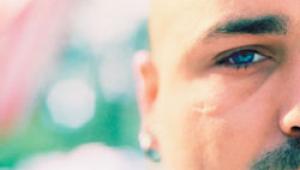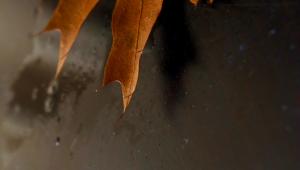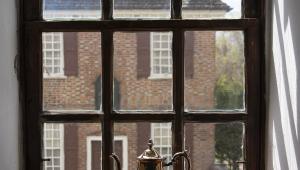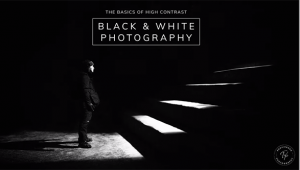Carl Rytterfalk's; Street Portraiture Page 2
He also says that his photography
has greatly improved over time, having learned how to hone his craft from many
photographers.
Photo Projects
His most recent photo projects include a 2003 trip to Nordica, a small town
in Kunming, China, which lasted 10 months, and afforded him the opportunity
to shoot portraits. "When I had time, I went to small villages and took
pictures of people. It's what I enjoy. I think the Chinese people are
very special and love to be noticed." He asked his subjects in Chinese
for permission to photograph them, and says that they usually smiled and accommodated
him ("About one in 100 said no"). While in China, Rytterfalk shot
images for a gallery that were used on posters and postcards. When he goes back,
he says, he wants to spend more time in Chinese villages. "Right now,"
he comments, "I'm trying to do more nature photography." And
because his brothers "are deeply into football," he's also
shooting sports.
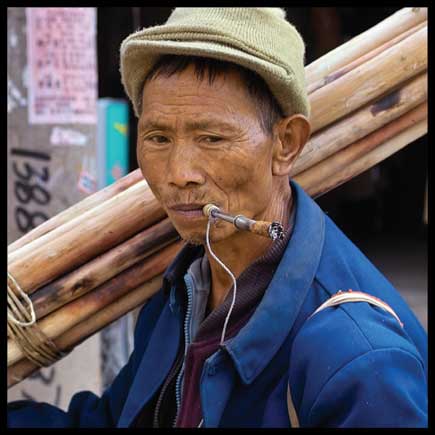 |
|
|
Before his Chinese excursion, Rytterfalk
points out that he preferred natural light to flash illumination. In China,
he started using studio flash by attaching an adapter to his SD9's hot-shoe.
He hates posing people for portraits, he says, and prefers that his subjects
have a more-natural look. "I always take a lot of pictures. The person
is a little uncomfortable to begin with, but by the time I shoot the second
or third photo, he/she is more relaxed."
Other projects include "Sugar & Salt," a documentary study of
six women from Sweden and six women from China, a project in which Rytterfalk
did all the photography and filming. He plans to release a documentary DVD after
the project is complete. He has also photographed homeless people in Malmö,
Sweden. "Visiting people on the street has been a little hobby of mine,"
he says.
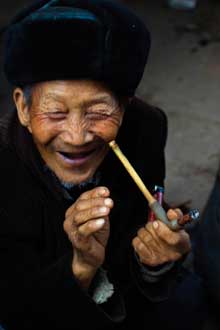 |
 |
|
|
||
 |
||
To see more of Carl Rytterfalk's images, visit www.pbase.com/rytterfalk.
Rytterfalk's
Candid Portrait Tips
1. Learn analog photography first. Rytterfalk started out shooting
digitally, but learned medium-format photography later. He knows how film looks
as opposed to digital images. "If you look at film-based photos, you'll
see that colors tend to be more natural, and less-saturated than digital ones,"
he notes.
2. To increase your chances of getting great candid photos, set your camera on its multiple-shot mode and take two to three images in rapid succession. He finds that people appear more off-guard than when he uses the single-shot mode. Rytterfalk often uses this feature in portraiture.
3. It's important to love what you do. "Smile at the subject," he says. It inspires more confidence.
4. Rytterfalk advises treating people with respect, "even the homeless." If they don't want to be photographed, honor their wishes.
5. Don't feel that you must always follow strict photographic teachings (like the rule of thirds, for example). "When I began breaking the rules, that's when I started to become a better photographer," says Rytterfalk.
6. For best results, use a long lens for portraiture, and if you're shooting with a zoom lens, utilize a moderate telephoto setting. Use a wide aperture to isolate your subject against a blurred background, he advises.
7. In addition to using the traditional telephoto lens choice for photographing people, Rytterfalk points out, "Sometimes really wide-angle lenses are fun for portraits." He's even photographed musicians with fisheye lenses.
8. "Take lots
of pictures," he emphasizes. You're not going to use them all for
a given project, and you want
to increase your chances for success. Rytterfalk suggests that you get a high-capacity
memory card and shoot at your camera's highest resolution setting. (His
Sigma SD9 shoots only RAW files.)
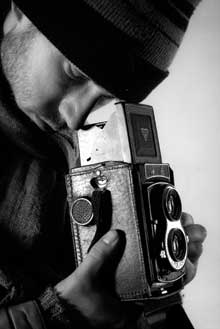 |
|
|
9. Experiment with lighting and find some techniques that work for you. Rytterfalk says that he prefers to position a light behind or on one side of a person--"Never directly from the front. This creates flat lighting." He likes to use spot metering to read light on a person's face. "Then the hair appears to glow."
10. Use a gray card whenever possible to get an accurate meter reading. If you're shooting digitally, experiment with the white balance, he suggests. Rytterfalk advises using Levels in Photoshop to find the most neutral areas of the image.
11. For an intimate look in portraiture, don't be afraid to fill the frame with a person's face. He crops hair or part of the face at times. "Don't be afraid to experiment."
12. If you usually shoot in color, experiment with black-and-white. Many digital cameras allow you to convert images, but Rytterfalk suggests using Photoshop to change your photos to black-and-white: "You'll get a greater tonal range this way."
- Log in or register to post comments







